BTB Speaks to
The Ikat Story.
The Ikat Story’s Chandni Sareen reflects on her journey as a founder, tracing her path from modelling to styling for acclaimed publications, and how a collection she created for a music festival evolved into a contemporary wear label that has flourished for over a decade. At its heart lies the revered craft of Ikat weaves.

Written by: Manica Pathak
Incepted in 2014, The Ikat Story is popularly known for its versatile and fun-hued garments spanning dresses, shirts, tops, bottoms and co-ords. Over the years, the label has created designs that shift seamlessly between casual and formal, each embodying different cuts, fits and layering. But, what ultimately sparks curiosity is the label’s specialization. “Every piece starts with the Ikat weave,” states founder, Chandni Sareen— a statement that invites intrigue, whether anchoring every design and product with ‘Ikat weave’ as a defining feature, limits the ability to variate and innovate without deviating from the core material. To that, she informs, “In every other collection, I try to work with other handwoven or hand-dyed ethical fabrics apart from Ikat, this allows me to play with the Ikat itself and create some cool new styles. We do a range of mul shirts that is the only thing we do in multiples and no doubt is our best-seller along with our most unique #ikatbandhani which by the way; we have made over 10000 of, each one of a kind, absolutely no repeats.”
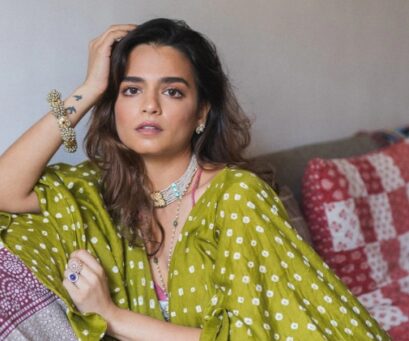
Chandni Sareen (Founder of The Ikat Story)
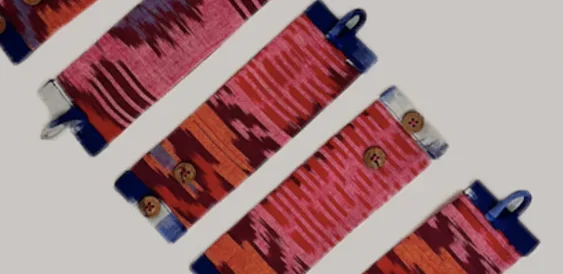
The beginnings of Ikat Story were somewhat different, uniquely unconventional when viewed through the blueprint of entrepreneurial journey within Indian textiles and craftsmanship blueprint. The narrative here has typically centred only around a shared, core objective: their preservation. However, Chandni notes. “My first ‘collection’ wasn’t really meant to be one; it was made from my mom’s old saris and my grandmother’s vintage bed sheets—rare Ikat weaves you just don’t see today. I designed them for myself for a music festival in 2014, and when friends started asking to buy the pieces, The Ikat Story took shape.” she recalls. However, the incident was merely a catalyst for deeper realisations; Chandni’s journey with the beauty of Ikat had begun long before she realised it. “My parents would take us on road trips around India, collecting artefacts and looms from different regions, and those memories stayed with me. I was lucky to grow up immersed in Ikat and other handlooms—it was part of the everyday magic in my family’s life.”
“The industry needs to move away from mass production and embrace slow, meaningful fashion and I believe brands like mine have a critical role in keeping traditional crafts alive by focusing on quality over quantity and building deeper connections with the artisans to create value, not just for the customer but for the community behind the work.”
It was as though everything was unfolding in sequence, with one point leading to another in Chandni’s journey. Having worked across publications including Vogue, Harper’s Bazaar and Cosmopolitan, the former model-cum-stylist notes, “Modelling opened my eyes to the artistry behind the scenes, which led me to explore styling. In those days, I was on set almost six days a week, continually sourcing pieces. Eventually, I realised I wanted to create something unique and authentic—something that went beyond the mainstream. That drive is what inspired me to start designing.” And then, it became about finding purpose and establishing core principles. “Working in styling had shown me the industry’s excess and waste, and I wanted to build something with real meaning. My vision was to create a brand that’s sustainable, affordable, and truly unique,” emphasises Chandni and notes that the journey was far deeper than just sourcing Ikat fabrics from the weavers and turning them into commercial products. “It was about building relationships with the artisans who have been weaving this craft for generations. Every piece would have a story, connecting people to who made it and where it came from. I would visit small villages, sit with the weavers, and learn the intricate techniques firsthand.”
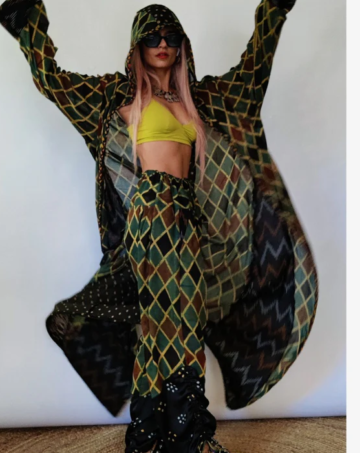
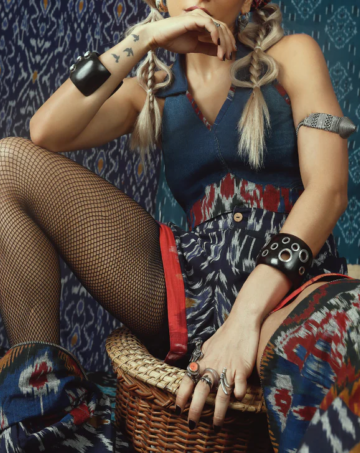
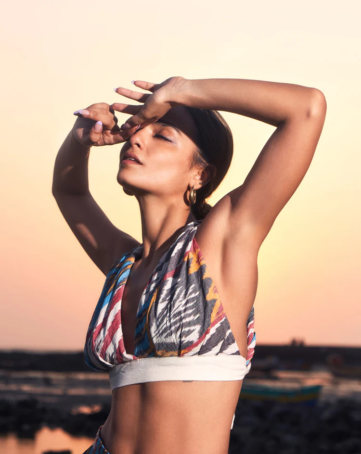
What followed were pivotal moments; getting a brand off the ground is one thing, but championing authenticity over low-price alternatives is an entirely different challenge. “It wasn’t always easy—if you didn’t go to the weavers people would sell you Ikat prints over weaves. The challenge was ensuring that I could help preserve these weaves while creating demand.” And it's a process Chandni has come to understand must be nurtured to make a lasting impact. “Over time, by forming strong bonds and ensuring fair pay for the artisans, I’ve been able to make it work. I work closely with clusters of artisans from Telangana and enjoy spending time with them in the process.”
Delving further into the design process reveals that much of it is deeply influenced by Chandni's personal style. “I love my style, it isn’t about being perfect; it’s about embracing individuality and finding beauty in things that are a little wild and unexpected,” and ultimately informs the boho-like and eclectic feel in Ikat Story’s designs. “Because that’s exactly how I approach life and style—free-spirited, a little unconventional, and always open to mixing things up. I’m naturally drawn to vibrant colours, eclectic patterns, and pieces that feel relaxed but have a story to tell. I want the people who wear my pieces to feel that same sense of freedom and authenticity, to just be themselves and have fun with it.” she says emphasising the spirit of putting something personal into the brand, that automatically creates a distinct identity in the crowded fashion space.
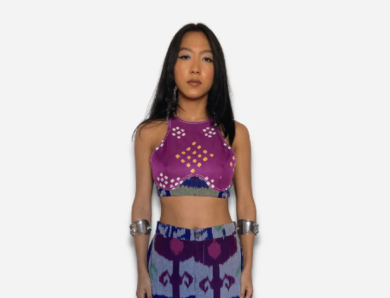
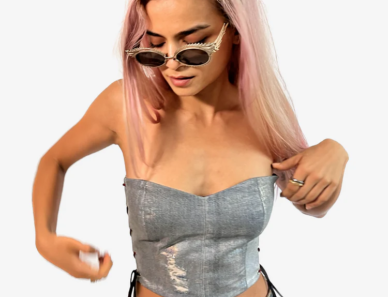
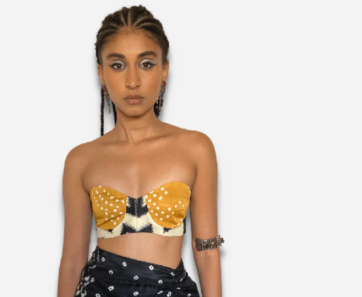
Along the way, from engaging with artisans to designing products and expanding Ikat Story into new categories—now including accessories, furnishings, and kidswear—Chandni shares her key takeaways for the future. “The industry needs to move away from mass production and embrace slow, meaningful fashion and I believe brands like mine have a critical role in keeping traditional crafts alive by focusing on quality over quantity and building deeper connections with the artisans to create value, not just for the customer but for the community behind the work.” Interestingly, the founder’s call to action is also directed toward the consumers of fashion, whom she sees as instrumental in shaping the future of conscious fashion and indigenous crafts. “It’s about shifting the mindset from ‘fast and cheap’ to ‘slow and meaningful.’ The first step is understanding the story behind what we buy. Choose brands that are transparent about their process and that prioritize ethical production. When we make conscious choices, we’re ensuring that these crafts not only survive but thrive for future generations.”
Founded nearly a decade ago, the label has carved out a unique identity for itself. While it continues to stand out with its distinct character, the brand is part of a larger vision in the homegrown space. “There are so many exciting homegrown labels right now, and it’s inspiring to see so many talented designers embracing traditional textiles and upcycling methods, working with fabrics like you’ve never seen before. Some of my favourite fresh brands doing great work: Kokun, Rkive City and Rafu’d. It’s a great time to be a part of this movement, and I’m always looking to collaborate and learn from other brands that share the same values. Together, we can create a more sustainable, meaningful fashion industry.” Chandni concludes.